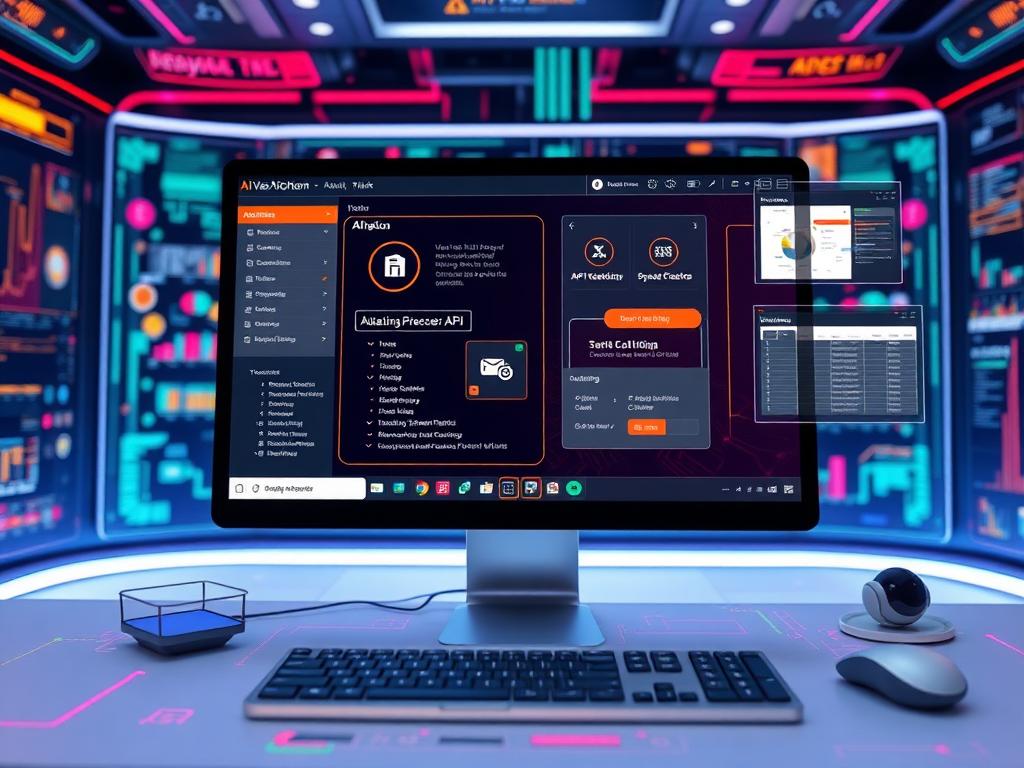
5 Hidden Truths in UX Design for 2024
Discover the untold realities of UX design in 2024, from shifting priorities to overlooked skills that can make or break your career. Learn how to stay ahead in this evolving field.
Let's imagine you're playing a new game of chess, but this time, the board has been completely reshuffled. The pieces have changed roles, and the rules have completely changed, and you're playing by the old playbook. So you're setting yourself up for a loss. And this year, UX design is like this game in chess. What worked in the past isn't the strategy that's going to work anymore. So in this article, we are going to break down five things that no one is talking about in UX design for this year, from shifting industry expectations to challenges that can make or break your career.
The Reality of UX Work
UX work is fixing other people's previous decisions. As a UX boot camp, it was all about redesigning an app like Netflix or creating a brand-new athleisure e-commerce site from scratch, which was all fun and all. But once I got into the real-world experience of becoming a designer, especially a product designer working in tech on software apps, I realized that it was completely different. And if you think about it now, tech products have been around for a very long time. By the time you touch a design, a dozen other designers have already been there. It's basically like assembling IKEA furniture that a bunch of other people have already started. Some pieces are missing, the instructions are half gone, and then it's up to you to make it sturdy without knowing what the last person was thinking. Not very easy. And then on top of that, sometimes UX is really just iterating on messy, outdated, unpolished, or rushed work and then convincing everyone else that you have to fix it.
Users Aren’t the Priority
Stakeholders are more important than users. More than ever, I'm seeing unfinished experiences being rushed out to users all in the name of AI. Yes, in a perfect world, users do come first. In reality, it's more like, 'Oh, the users? Yeah, yeah, yeah. We'll get to them after stakeholders and business goals and deadlines that we definitely cannot miss.' And because of that, it is a really weird time to be a UX designer, especially when we were taught from day one to put the user in front of everything. But now I'm seeing a lot of these big tech companies, and the ones that are specially known for their best UX, roll out features or products that kind of make you question: are you really solving for a user problem? And the weirdest part is that everyone's kind of following along with it. And that's kind of the tech industry for you. There's a lot of 'BA' going on if you know what I mean. Another real skill here is being able to balance user needs with business needs without compromising too much.
The UX Mistake No One Mentions
Not every UX designer needs to code, but because of that, they often overlook the importance of structure and accessibility. And I know you're thinking, 'Wait, UX designers are always thinking about that.' I swear, over the years, I have seen that usability, accessibility, or structure definitely takes a hit because of all of the business needs that UX designers have to prioritize or even working at companies that like to put visuals on the main stage instead of prioritizing really good usability best practices. And honestly, there is so much that a UX designer has to learn to prioritize and balance that it can honestly fall through the cracks. And I do not blame them because there are a lot of intense demands of being a UX designer.
Why Research Gets Ignored
UX research is super valuable, but in a lot of companies, decisions are already made before the research even starts, and people's minds are basically made up. It doesn't even matter if you do research. Then you end up having to fight your way to the cool kids' table just to get your insights acknowledged. As someone who is obsessed with UX research, like it is my favorite part of the design process, that hit me like a ton of bricks. And again, I'm not saying that every company is doing this. This is purely based off of my experience and what I've heard from other designers, what I'm kind of seeing in the industry, and it really does feel like research is now taking a backseat. And it's all about designing and getting those designs out there to customers, shipping more betas, experimenting from there, and testing and learning versus taking more space in the design process upfront to do that research.
The Skill That Matters Most
UX is 90% communication and 10% design. This has been a running theme for this year that I've seen all over the UX industry, and it very much resonates with my personal experience. I even have a video of how I barely go into Figma anymore. There's a really spicy section in this article called the state of UX in 2025, and I'm going to quote it here: 'We're shifting our focus from good design to organizational politics.' What the article is basically saying is that lately, designers are spending most of their meeting times and conversations talking about anything else other than design, getting stakeholder alignment, or balancing those users versus business needs, and products get launched because someone's wanting a promotion, and timelines are set more around performance reviews or company reports.
Staying Ahead in UX
Today, the best UX designers are not the ones who are experts at Figma. They're the ones that are really great at selling their ideas, justifying their decisions, and wrangling stakeholders. I thought about this, like, how do I get better at something like this, and you really have to tap into a different type of job. To me, that's like learning the art of a deal and being a salesperson and learning how to negotiate or being like a lawyer who knows how to justify or debate or defend something and also being a really good storyteller and being a very persuasive person, which is something that you don't think about when you want to become a UX designer.

























































